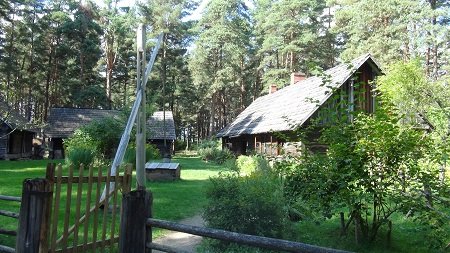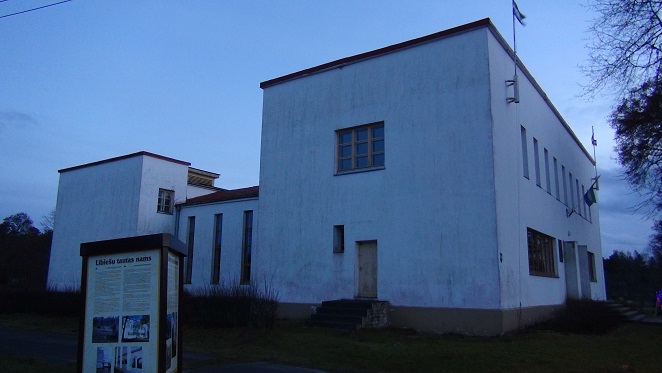Livonians are the dying-out indigenous inhabitants of Latvian coastlines.
In Medieval era they were a significant community with entire region consisting of today’s Latvia and Estonia named “Livonia”.
While a larger Latvian nation was able to retain its culture despite centuries of foreign persecution, a smaller Livonian community have been much less successful at this. 13th century defeats against crusading knights sent them on a long continuous decline and assimilation, reducing their areas to several fishermen villages in Courland (“the Liv Coast“) over the centuries.

Since 1990s Latvian independence there have been considerable government attempts at saving the community. The Livonian minority has been protected by discouraging non-Livonian settlement in the Livonian homeland and adding Livonian to some school curriculum.
It may have been too late however, as the last native speaker of Livonian language died in 2013. Still, approximately 250 Latvia‘s inhabittants (0,01%) claim to be Livonians. In comparison, 1925 census still enumerated 1268 Livs (0,1% of population). However, some of the remaining self-described Livs attempt to learn the language (which is more similar to Estonian than Latvian) and culture from scratch. The interest rebounded after historic lows during the Soviet occupation, when merely 48 people claimed Liv ethnicity during 1970 census.

